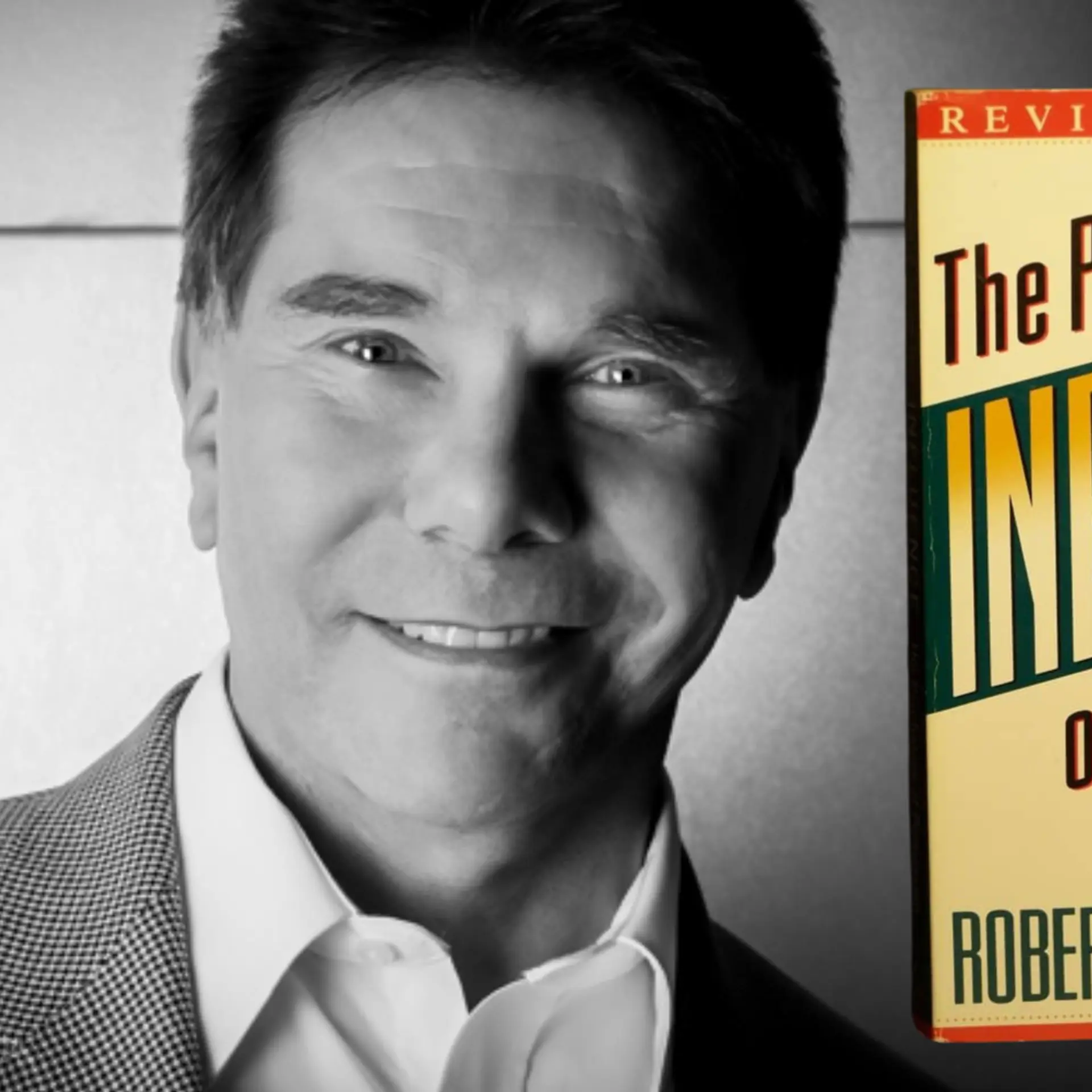Amazon, Starlink execs caution government on spectrum pricing, regulations
If India prices spectrum higher, satellite services will go after the urban, affluent subscribers, said Amazon’s Asia Pacific leader for satellite business while speaking at the IMC.
The pricing of air frequencies used by satellite companies have snowballed into a full-blown battle in India, with billionaires Mukesh Ambani and Sunil Bharti Mittal on one side and Elon Musk and Jeff Bezos on the other.
On Tuesday, Airtel chairperson Mittal said that satellite companies should buy spectrum in the same manner as mobile network operators if they go after the urban, well-off subscribers.
“Satellite companies who have ambitions to come into urban areas, serving elite retail customers, just need to take the telecom licenses like everybody else…they need to buy the spectrum as telecom companies buy,” Mittal said while addressing the inaugural ceremony of the India Mobile Congress (IMC) on Tuesday. Bharti Enterprises owns 21.2% share in Eutelsat OneWeb merged entity.
Reliance Jio, India’s leading telecom operator, has been strongly opposing the government’s move to assign spectrum to satellite communication companies without auction. Bharti Group, on the contrary, has pressed for administrative allocation of satellite spectrum on several occasions in the past. The company was quick to issue a clarification following Mittal’s statement, stating that Bharti Group had asked for administrative allocation for remote and unconnected areas and for captive usages by government and public agencies.
Jyotiraditya Scindia, union minister for communications, clarified later in the day that India will not auction satellite spectrum and will assign it administratively, in line with global standards.
If the government prices the airwaves used for satellite communication services higher, the satellite communication companies will be compelled to go after the urban and connected subscribers (as alluded by Mittal), said K Krishna, Business Head, Asia Pacific, Amazon Kuiper, while speaking at a panel discussion at the IMC titled ‘Regulatory aspects of satellite communication, including other non-terrestrial networks’ on October 16.
“On spectrum pricing, the universal model that administrations are adopting is a cost recovery model. You recover your cost. You are not giving out anything (spectrum), it’s an access you are giving (contrary to mobile network spectrum frequencies which are bought in auction by the telcos). It’s a shared spectrum,” Krishna said, adding the need to balance out the sharing between different users, which can include startups, academic institutions, and companies like Starlink and Kuiper.
The other crucial thing for regulators to keep in mind is to not give into the unwarranted fears of the telecom industry, which often complains of satellite companies eating their pie.
If the pricing is kept fair, the satellite companies will be incentivised to go after the unconnected people, Krishna said. “Now if you price spectrum higher, we will go after the other (urban, connected) customers,” Krishna said.
Citing ITU data, Krishna said there is a need for $488 billion to connect and bridge the digital divide. This will happen through a combination of mobile and satellite networks. There is no reason for the two industries to collide, he said.
The Amazon executive said that the investment in the low earth orbit satellite constellations is to the tune of $10 billion. For these investments to make sense and services to become accessible, the government must provide a predictable policy and bring a light touch regulation.
“Don’t look at satellite services as golden goose…. We are trying to reach the last customer. So, if your goal is to reach that customer, we share that goal too. But if you burden us with a lot of fees, we may not be able to cost effectively serve them,” Krishna said.
David Goldman, Head, Satellite Policy, SpaceX, who was one of the panelists at the IMC session, said that satellite spectrum is a shared resource, and thus it can’t be auctioned—reiterating what Elon Musk tweeted a few days ago.
Goldman cautioned the government that for satellite operators to succeed, it is important for the government and the regulator to encourage operators to coordinate spectrum usage.
“If operators don’t have motivation to co-operate, that’s when licenses don’t work. That’s when the whole approach falls apart,” Goldman said.
He said Starlink, which already has 7,000 satellites in its constellation, operates in 100 countries and has 4.1 million customers on the network.
Goldman said Starlink has launched a new service, direct to cell (D2C), wherein the mobile users can connect with satellites in case they go out of mobile network coverage area. The company has launched additional 200 satellites for the direct to cell service, and is in the process of launching another 100 satellites for a full-fledged commercial launch, he added.
The company, however, doesn’t offer direct to cell services on its own. Starlink partners with a telecom service provider to offer the service. The company has partnered with T Mobile in the US to offer the new service.
Allaying fears of telecom service providers, Goldman said the company only provides services when it has a local terrestrial service provider as a partner. “We use the spectrum that our partner is licensed for. Once we have a mobile partner, they will tell us which spectrum we can use. We then plug into that network and become effectively a backhaul system to their network. Using their licensed spectrum,” Goldman said.
This helps in extending the reach of the terrestrial network tremendously, he said. There are places where it may not make sense economically to put towers, and the direct to cell service can come handy in those geographies, he said.
As of now, the direct to cell service only allows text messaging, WhatsApp, and voice.
Initially, the direct to cell ideal can be clearly used for emergency situations, he said. Last week, Starlink provided emergency services for the victims of hurricanes Milton and Herlene in the US. “We immediately saw thousands and thousands of SMSes go through the system,” he said.
(The story has been updated)
Edited by Megha Reddy







